|
When I heard about my university's vague plans for post-spring break given Covid-19, they already let us leave and over half of us returned home. Just before spring break ended, the seventh email came, telling us not to return to housing and threatened students who wanted to retrieve their belongings with disciplinary action. So, I sat there wondering how I would finish almost half the semester with none of my art supplies and teetering on the edge of my almost full-ride scholarship’s grade requirement. My works in progress hung on the wall of a studio that was shutting in 24 hours and I could not physically retrieve anything.
Many of my peers brought home their small-scale pieces by plane or were local, but my pieces were around 7 foot large, almost no way to ship that to my home in Texas, unless crated for hundreds of dollars-- each. So, I made a rash decision to finish what I started the best way I could. I just couldn’t take the uncertainty of losing a year’s worth of artwork my junior year when I need to be applying to almost everything. My art supplies made it to Texas after what may or may not have been a 4-day road trip. Thankfully, as a double major and introvert at USC, quarantine is like my regular lifestyle. Apart from spending all my time in the studio, I mostly stayed home, researching, painting, and scribbling away. I do the same here in San Antonio unless I’m called on for projects at San Anto. This past year, I’d been working on a body of work that paid homage to my cultural background, their folklore/mythology, and ecology. I paint large-scale portrayals of them, tying together narrative, ritual, and social-justice issues into a portrait. I often use these deities metaphorically to convey the waning state of another subject in the artwork such as a process, tradition, or even species in the environment. One of my older pieces that I revisited in quarantine was a portrait of Guatuba (Figure 4), a Taino/Puerto Rican deity of the rain, wind and lightning in front of a storm. One that is closer to the theme of endangered practices is for instance, Figure 3, a draft for a larger series that is depicting my memory of learning the processing of the cacao bean with my family in Puerto Rico. Manufacturing has made this style of hands-on processing less common. The second series in process takes a similar approach, thinking about agave and pulque (an Aztec alcohol) processing through the lens of its soon to be dutyless deity, Mayahuel (Figure 1 and 2), if traditional pulque processing ceases. The other deity (Figure 1) is Piltzintecuhtli, the god of hallucinogenic plants, visions and healing. He again is depicted in a forlorn light, since hallucinogenic plants tend to be illegal to grow in places and he now has little to no responsibility, overseeing or healing with outlawed substances.
2 Comments
5/18/2023 11:13:35 am
This is a nice artwork. I can say that this artwork has a meaningful meaning.
Reply
Leave a Reply. |
in their own wordsWe wanted to hear what artists are working on during this COVID-19 crisis and how it has had an effect on their work and personal lives. We will upload interviews and photos throughout this crisis and beyond. Archives
August 2020
Categories |

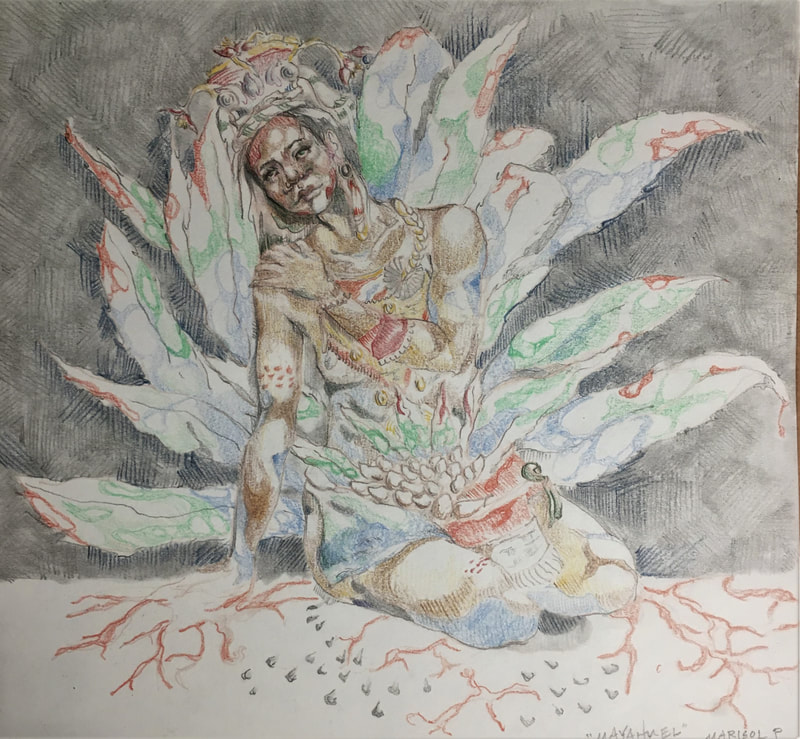
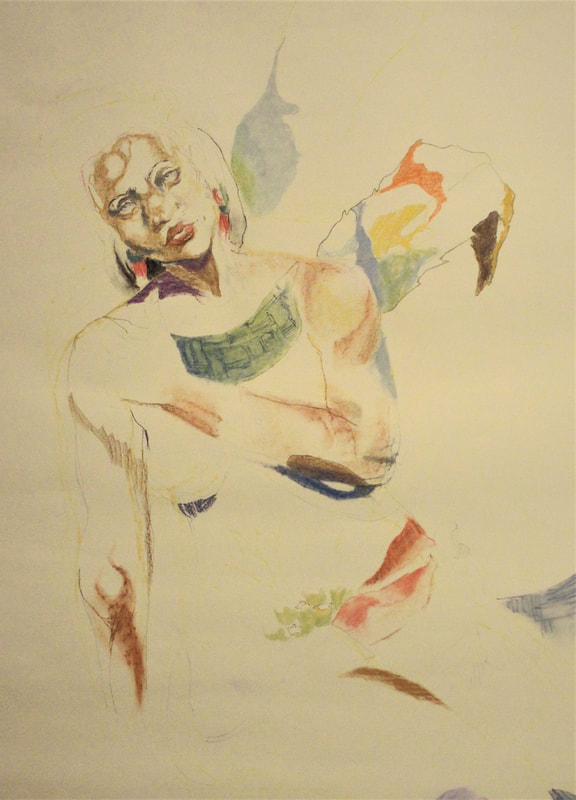
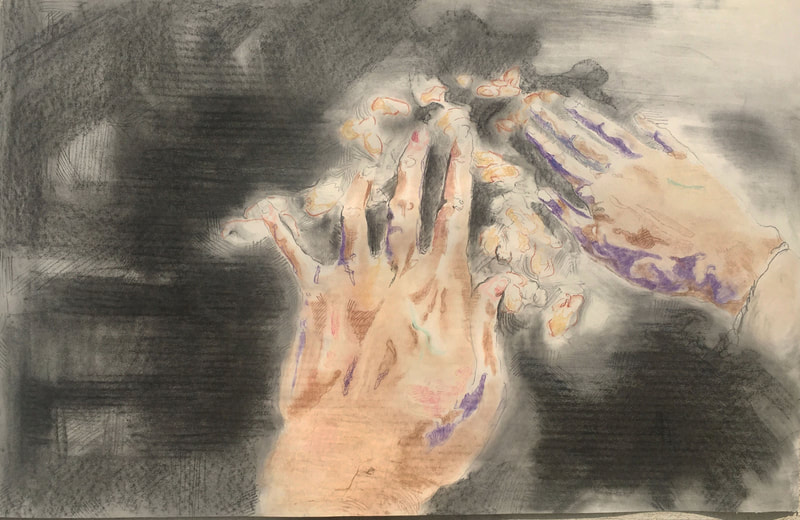
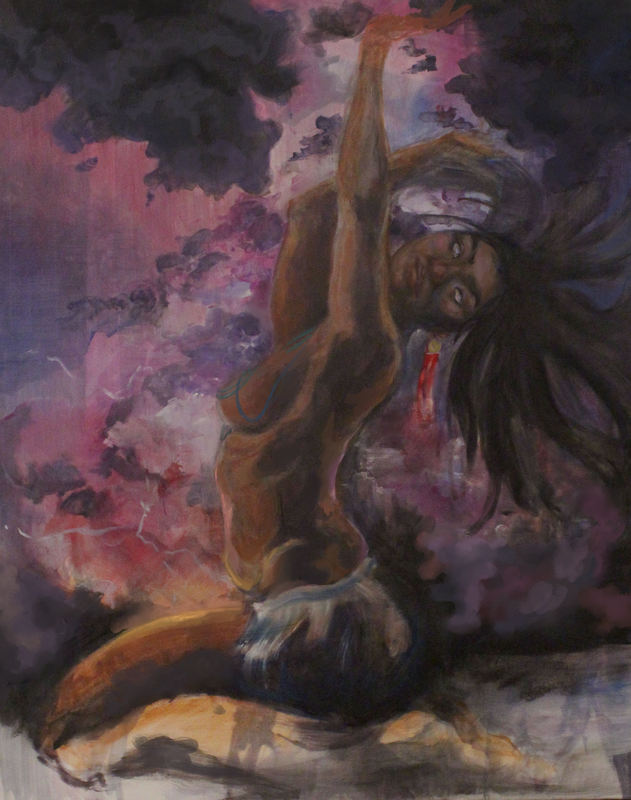
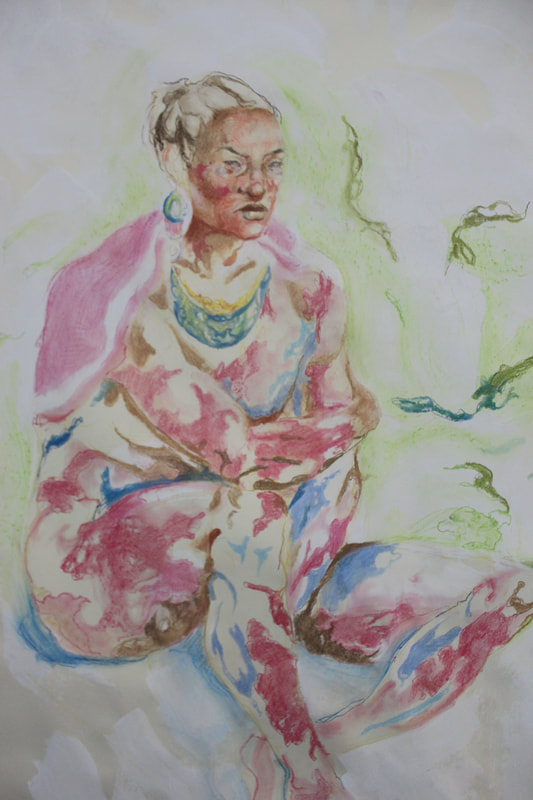
 RSS Feed
RSS Feed